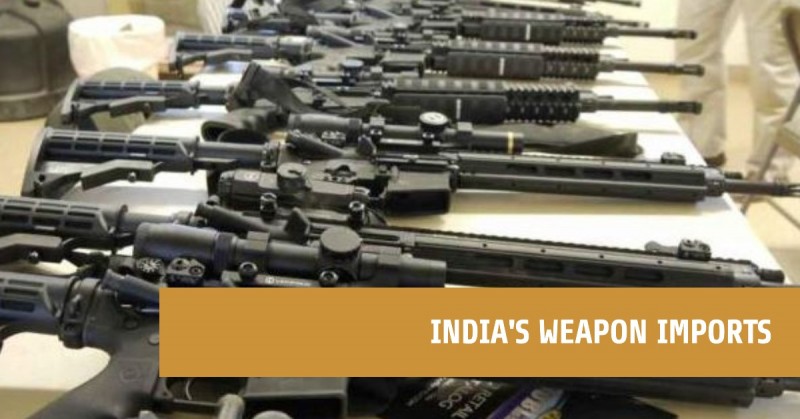
INDIA : In a rapidly evolving global landscape, countries strive to strengthen their defense capabilities by acquiring advanced weapons and military equipment. India, one of the world's largest importers of weapons, has been actively procuring various types of defense systems to enhance its military prowess. This article explores the different categories of weapons that India imports, highlighting their significance and impact on the country's defense strategy.
India stands as one of the most prominent importers of weaponry across the globe, accounting for 9.5% of the total global arms imports between the years 2016 and 2020. The countries from which India primarily sources its arms include Russia, France, Israel, the United States, and the United Kingdom.
The assortment of weapons that India procures encompasses a wide range, which can be broadly classified as follows:
The following are some of the key reasons why India engages in the import of weaponry:
Meeting Defense Requirements: Given its large and growing population, as well as the security threats it faces from China and Pakistan, India has a vital need to maintain a robust military. Importing weapons enables India to fulfill these defense requirements effectively.
Developing the Defense Industry: While India aims to develop its domestic defense industry, it still needs to import weapons to bridge the gap in meeting its defense needs. By importing weaponry, India gains access to new technologies and expertise, which can support the development of its own defense industry.
Cost Savings: As a developing nation with limited resources, India can save significant costs on research and development by importing weapons. Moreover, it can acquire weapons that are already in production, further reducing expenses.
India's arms imports have been a subject of controversy, with calls for the country to reduce its reliance on foreign weaponry. Nonetheless, India is expected to continue importing weapons for the foreseeable future.
All Information related to UPSC